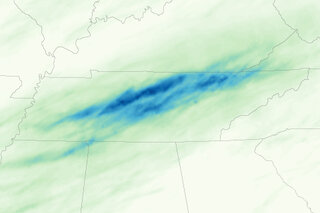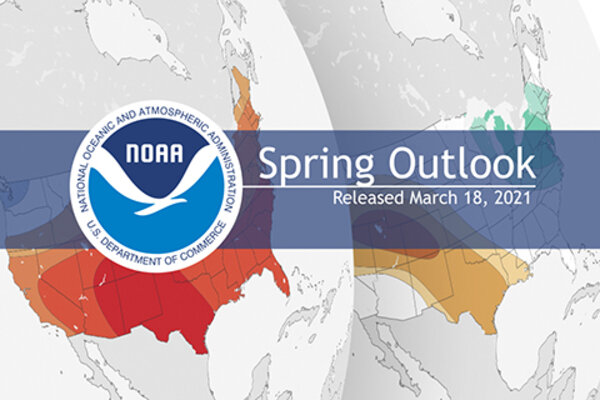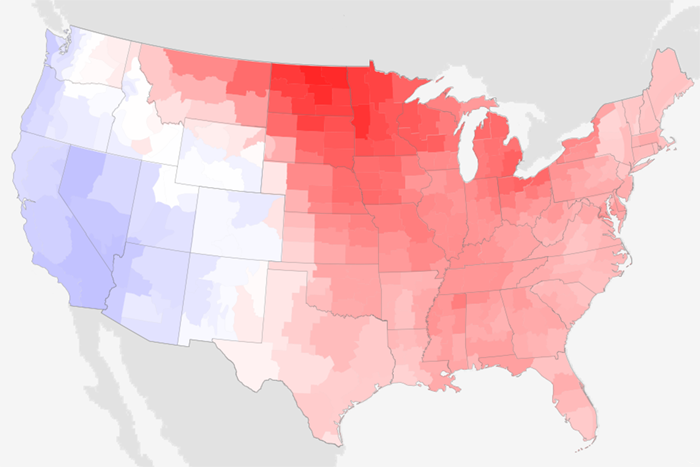
A wetter-than-average March moderated drought in parts of the Central Plains, but severe to exceptional drought remained widespread in the West.
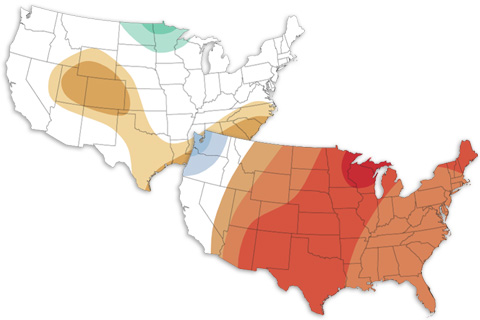
The April 2021 climate outlook tilts warmer than average for most of the country and drier than average across the southern tier of the United States.
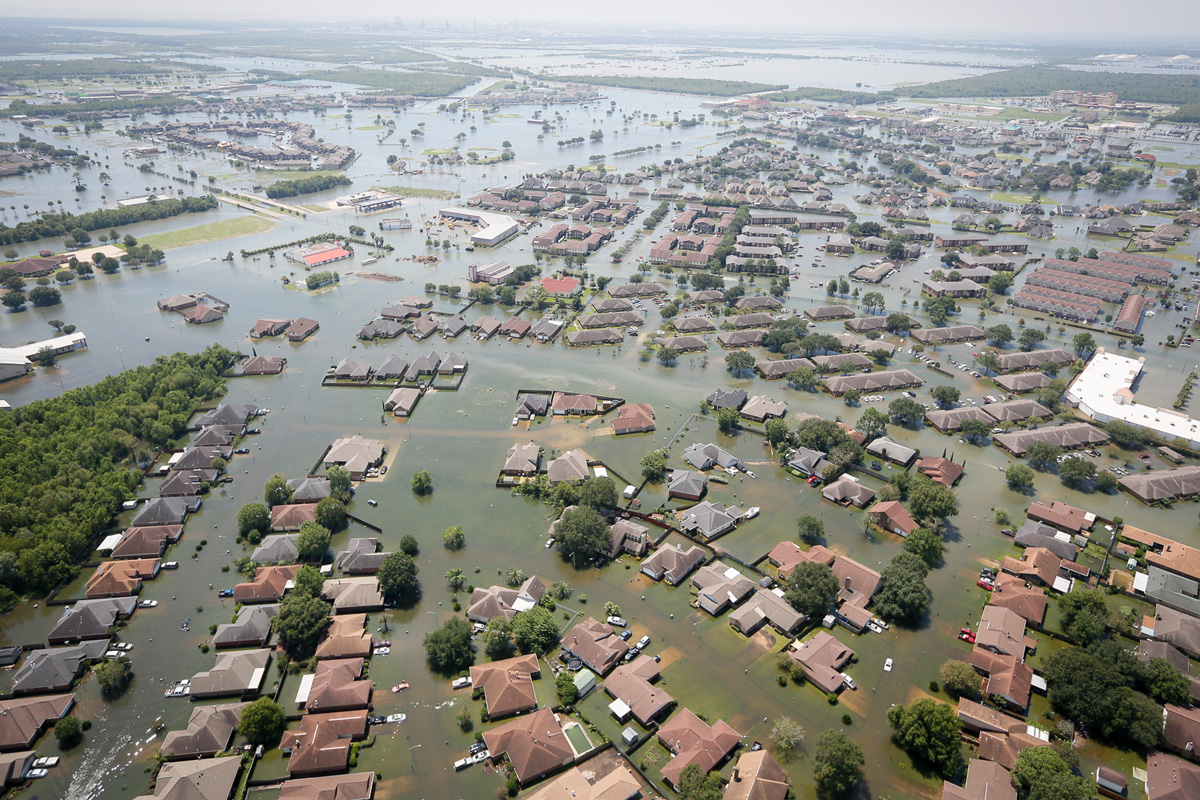
A panel of hurricane experts reviewed more than 90 research studies on the observed and projected changes in tropical cyclones for an updated summary of what the science says about the human influence on these devastating storms.
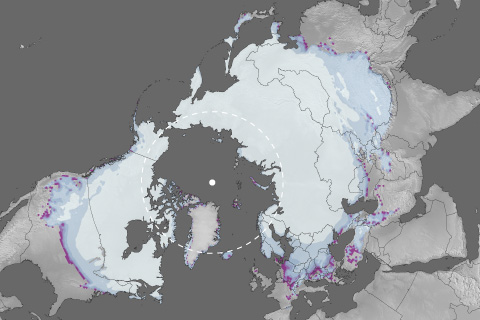
Early disappearance of winter snowpack can have a major impact on spring and summer water supplies for people, ecosystems, and agriculture.
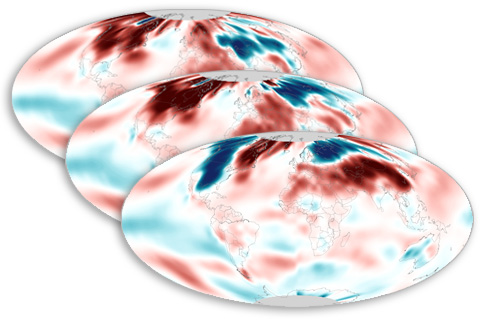
February 2021 was the 16th-warmest February on record, and it concluded the 8th-warmest Northern Hemisphere winter season on record.
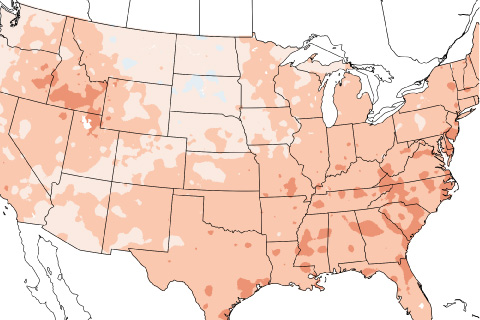
NOAA climate experts are working on the latest update to the U.S. Climate Normals. Here’s a sneak peak at how what’s normal for winter will change.
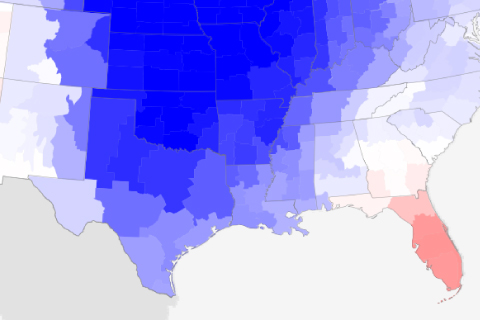
February 2021 was the United States' coldest February in 30 years, but the winter overall was warmer than average. Much of the West remained in some level of drought.

Polar vortex expert Amy Butler and Arctic expert James Overland offer perspectives on the February cold snap in the southern U.S., the polar vortex, and how the Arctic might influence mid-latitude weather.
